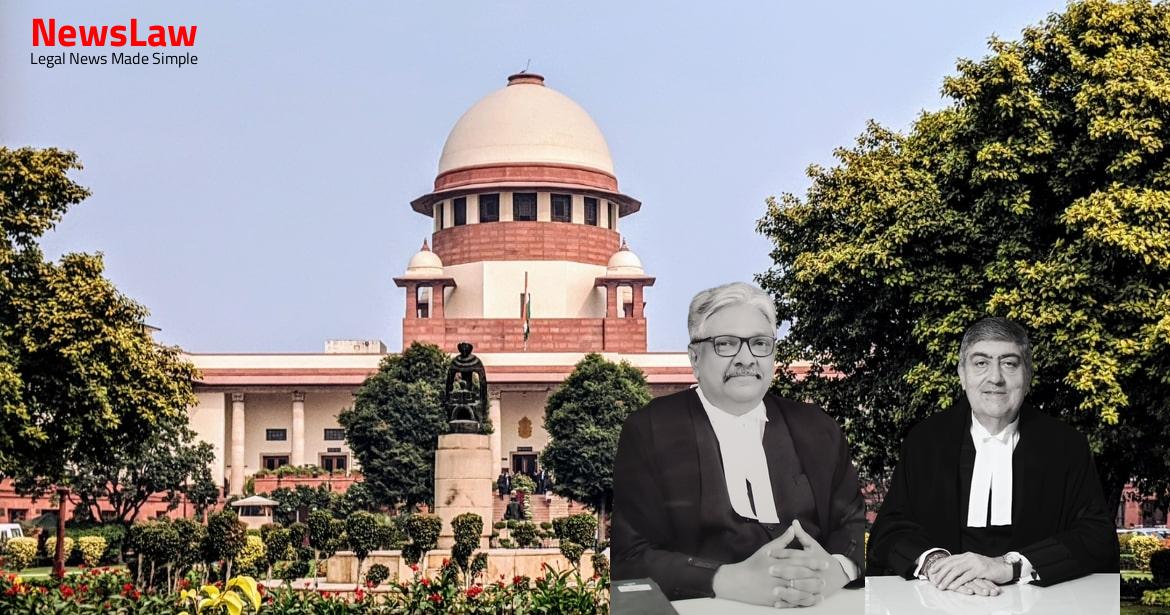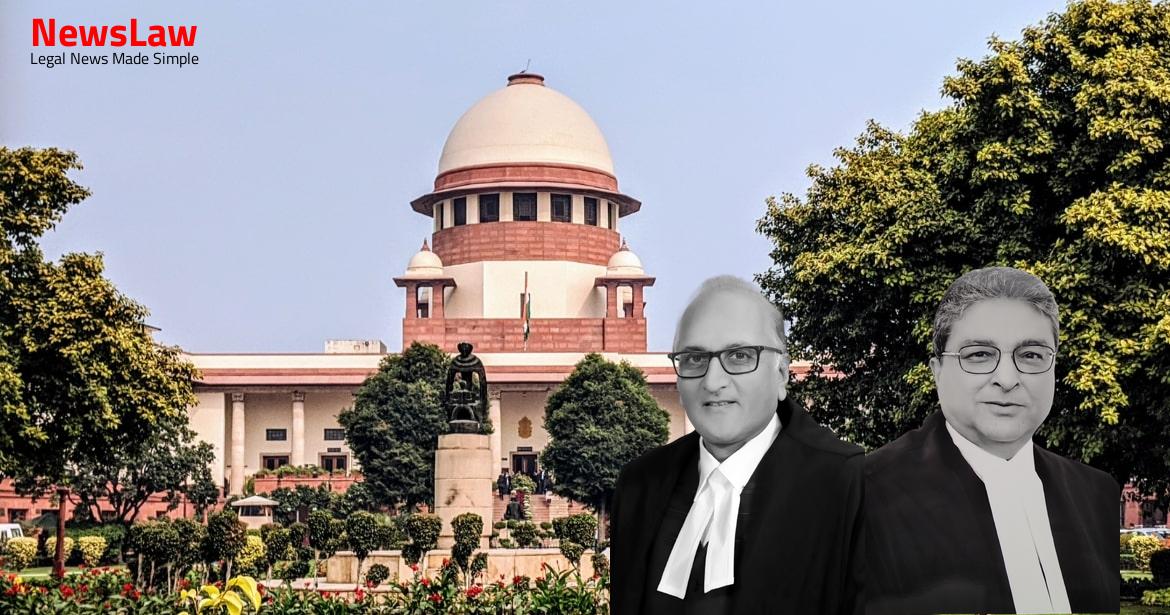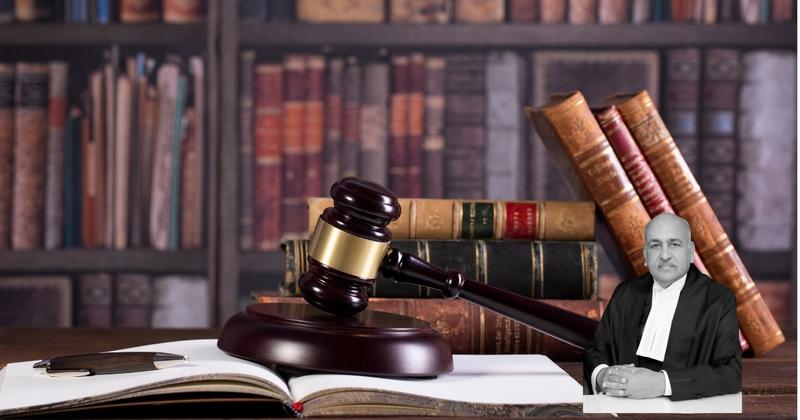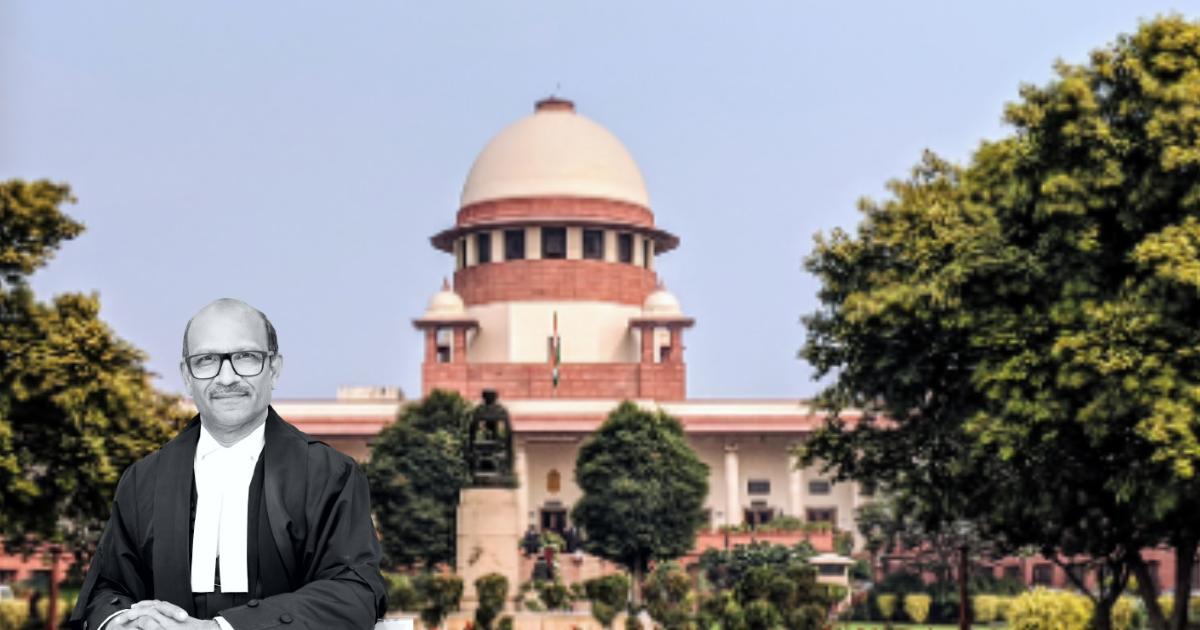In the case of Bhagwan v. State of Maharashtra, the Supreme Court of India has delved into a compelling legal narrative concerning a dying declaration and burn injuries. The judgment examines the intricacies of the criminal justice system while exploring the significance of key testimonies and medical evidence. This summary provides a detailed account of the court’s findings in this significant legal battle.
Facts
- The appeal is directed against the High Court’s judgment dismissing the appeal and upholding the conviction under Section 302 of the IPC.
- The Additional Sessions Judge Pusad had imposed the original conviction and sentence.
- The appellant, Bhagwan, has been granted special leave by the Supreme Court to appeal against this judgment.
- The specific issue at hand is the conviction and sentence under Section 302 of the IPC.
- The appellant, who was married to the deceased, was alleged to have illicit relations with another lady
- On the night of 19.4.1999, the deceased’s husband came home drunk, beat his wife, poured kerosene on her, and set her on fire
- The deceased, along with her two sons who also suffered burn injuries, was shifted to the Hospital at Arni on 21.4.1999
- A dying declaration of the deceased implicating the appellant was recorded on 22.4.1999
- The prosecution’s case stated that the appellant, in a drunk state, poured kerosene on the deceased and set her on fire
Also Read: Supreme Court Judgment on Single Till Mechanism for HRAB Calculation: A Comprehensive Analysis
Arguments
- The argument presented by the appellant’s counsel focuses on the unreliability of the dying declaration attributed to PW 7, Shriram Bhanu Das Audre.
- It is pointed out that PW 14, the doctor who examined the deceased, could not confirm the patient’s mental and physical fitness to give a statement.
- The counsel highlights the inconsistency in the prosecution’s case regarding the burn injuries suffered by the appellant and his sons, suggesting they were more compatible with accidental causes rather than deliberate homicide.
- Issues are raised regarding the timing of the deceased being taken to the hospital and the confusion surrounding the recording of the dying declaration.
- Witness testimonies and medical statements are questioned for their lack of clarity and discrepancies.
- The defense emphasizes the burn injuries being a result of an accidental oil lamp incident rather than intentional harm by the appellant.
- The argument made by the appellant is that there was no signature or impression of the hand or leg of the deceased in the declaration.
- The appellant contests that the FIR based on the dying declaration should have been forwarded to the Magistrate along with the FIR.
- Witness testimonies were relied upon to refute the adverse inference drawn by the High Court regarding the date of occurrence.
- It is emphasized that dying declarations must undergo close scrutiny.
- Precedent cases are cited to support the argument that if a dying declaration has infirmities, it cannot be solely relied upon for conviction.
- Allegations of tutoring and prompting in the dying declaration are raised.
- The severity of the deceased’s burn injuries, pain, loss of fluid, and consciousness are highlighted.
- Concerns are raised about the lack of the Magistrate’s signature on the FIR and dying declaration.
- The chronology of events from the incident to admission to the hospital is detailed to show there was no delay.
- Critical evidence such as the burnt clothes sent for forensic examination and items seized by the police is questioned.
- Medical expert testimony regarding the patient’s consciousness and fitness is brought into focus.
- The State’s counsel underscores that the incident occurred on the night of 20/04/1999 and subsequent actions were taken on 21/4/1999.
- Defense witnesses’ depositions are mentioned as significant.
- The failure to examine certain key witnesses is highlighted as a point of doubt.
- The appellant argues that evidence of ill-treatment due to alcohol and illicit relationships should not automatically imply mens rea for causing death.
- The FIR registered before the death is noted to include Section 302.
Analysis
- The appellant argues that the deceased had 92% burn injuries, except on her head, neck, and face.
- The appellant’s statement under Section 313 is relied upon, where he explains the burn injuries as accidental.
- The High Court and trial court’s findings are in favor of the prosecution due to the dying declaration’s reliability.
- Witnesses who shifted the injured to the hospital were not examined, and the spot of occurrence did not show broken glass as claimed by the appellant.
- The dying declaration is considered crucial evidence, and the appellant’s explanation of accidental occurrence is not accepted.
- The appellant’s admission to the hospital on the same day as the incident is emphasized.
- The burning of the deceased is confirmed, and the room where the incident took place is described as small, supporting the prosecution’s version.
- Issues around the authenticity of the dying declaration are discussed, with PW 7’s role in recording it being highlighted.
- The cause of death, confirmed to be due to burns, is a key aspect in the case.
- The development of complications in burn injuries and the likelihood of survival based on skin damage percentage are examined.
- In the case of Mafabhai Nagarbhai Raval v. State of Gujarat, it was held that a person with 99% burn injuries could still be capable of making a dying declaration.
- The trial court should not substitute its opinion for that of the doctor, unless there is an inherent defect in the assessment.
- In Vijay Pal v. State (Government of NCT of Delhi), the court discussed the importance of determining the fitness of the declarant before accepting a dying declaration as truthful and voluntary.
- Cases like Paparambaka Rosamma v. State of A.P. and Koli Chunilal Savji v. State of Gujarat emphasized the need for the declarant to be in a fit state of mind when making the dying declaration.
- The judgment in Paparambaka Rosamma v. State of A.P. was deemed to be incorrectly decided in comparison to the ruling in Koli Chunilal Savji v. State of Gujarat.
- In State of M.P. v. Dal Singh, a dying declaration of a victim with 100% burn injuries was considered credible by the court.
- The percentage of burn injuries, such as 92% in this case, does not prevent a dying declaration from being reliable if it inspires confidence and is free from tutoring.
- The absence of a thumb impression in the dying declaration is not fatal if it is established that the victim’s hands were burnt and thumb impressions could not be taken.
- The effect of pain killers on burn injuries was discussed in relation to the extent of burns on different body parts.
- The appellant’s reaction to the injuries was frantic and brought them into close contact with others in a small room including the deceased and their children.
- The trial Court believed that the appellant may have attempted to extinguish the fire after the incident.
- The dying declaration of the deceased wife clearly implicates the appellant, as she would have had no reason to lie in such a serious situation where she was conscious and about to face her maker.
Also Read: Selection and Appointment of Judicial Officers in Himachal Pradesh
Decision
- The appeal has been dismissed.
- The appellant, who was released on bail, must now be taken into custody to serve the remaining sentence.
- The Court sees no merit in the appeal.
Case Title: BHAGWAN Vs. THE STATE OF MAHARASHTRA
Case Number: Crl.A. No.-000385-000385 / 2010



